MeetBest App
Overview
Redesign MeetBest app, an innovative online platform for urban event space rentals.
Methods
Semi-structured interviews, competitor analysis, user journey mapping, lo-to-hi fi prototyping, usability testing
Background
Following an internship at MeetBest in 2018, I was invited by MeetBest in 2021 to redesign the existing app. It was a 4 month industry project with regular check-in to consolidate on design and implementation.
My Role
As a UX designer, my main responsibilities include conducting user research, creating work flows, and iterating based on usability testings.
Goal
How might we make it easier for users to find an ideal space for their important event?
Design Options
1. A better filter system that provides accurate recommendations to users
2. A consistent experience so users could access reviews
3. A more user friendly navigation support feature
Project Status
Design option 1 has been built in July 2022. I am currently working with the MeetBest development team to implement design option 2.
The Research
Company Background
MeetBest is a technology startup based in Shanghai, China which provides an online platform for urban event space rentals. With a team of designers and architects, the company turns underutilized spaces in the city into one-of-a-kind event venues. Whether it’s birthday parties, conferences, private dinners, weddings, or fashion shows, clients could find a space that fits their needs and preferences.
Here are some photos during my internship at MeetBest:
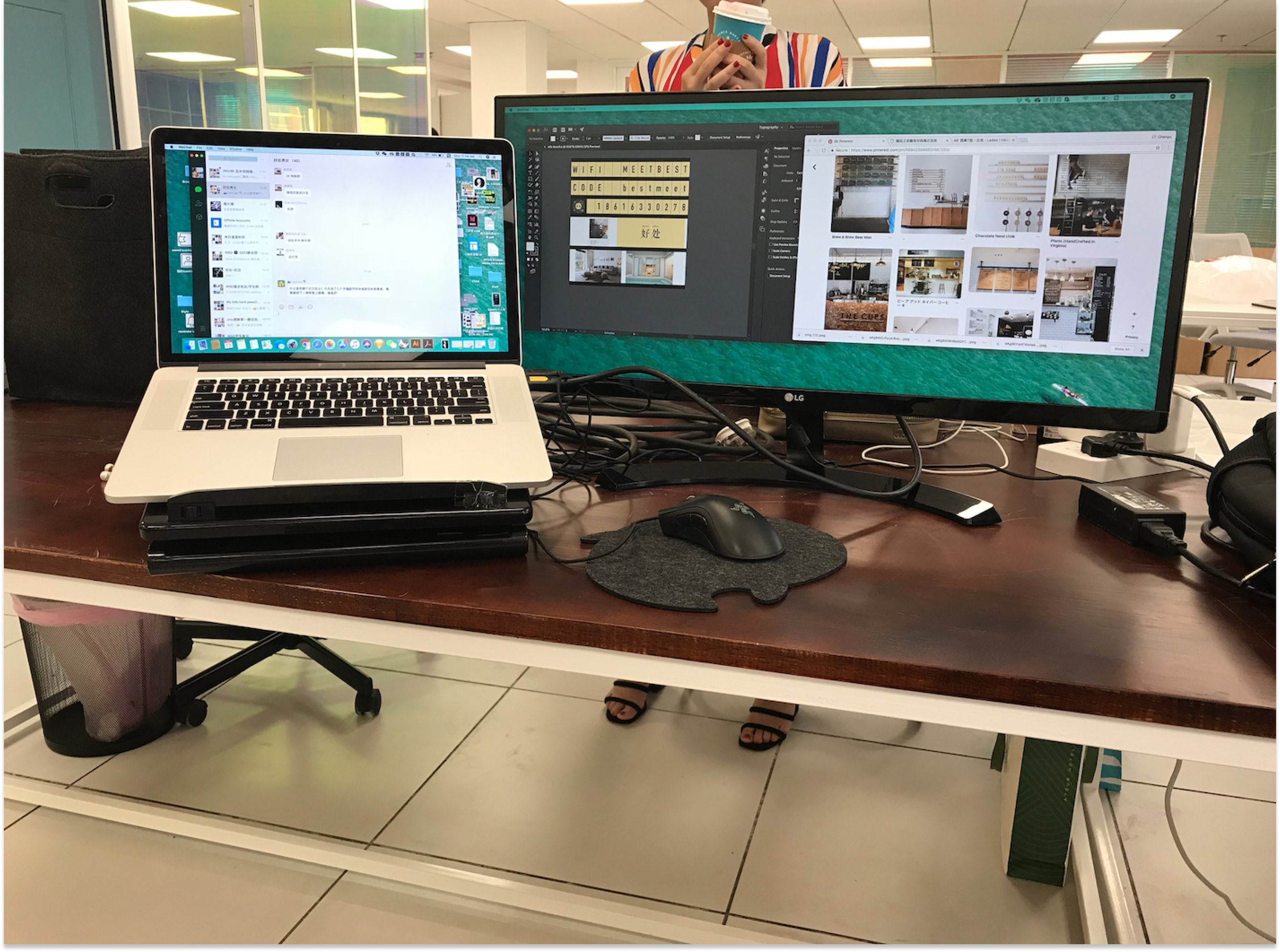
Moving into new office
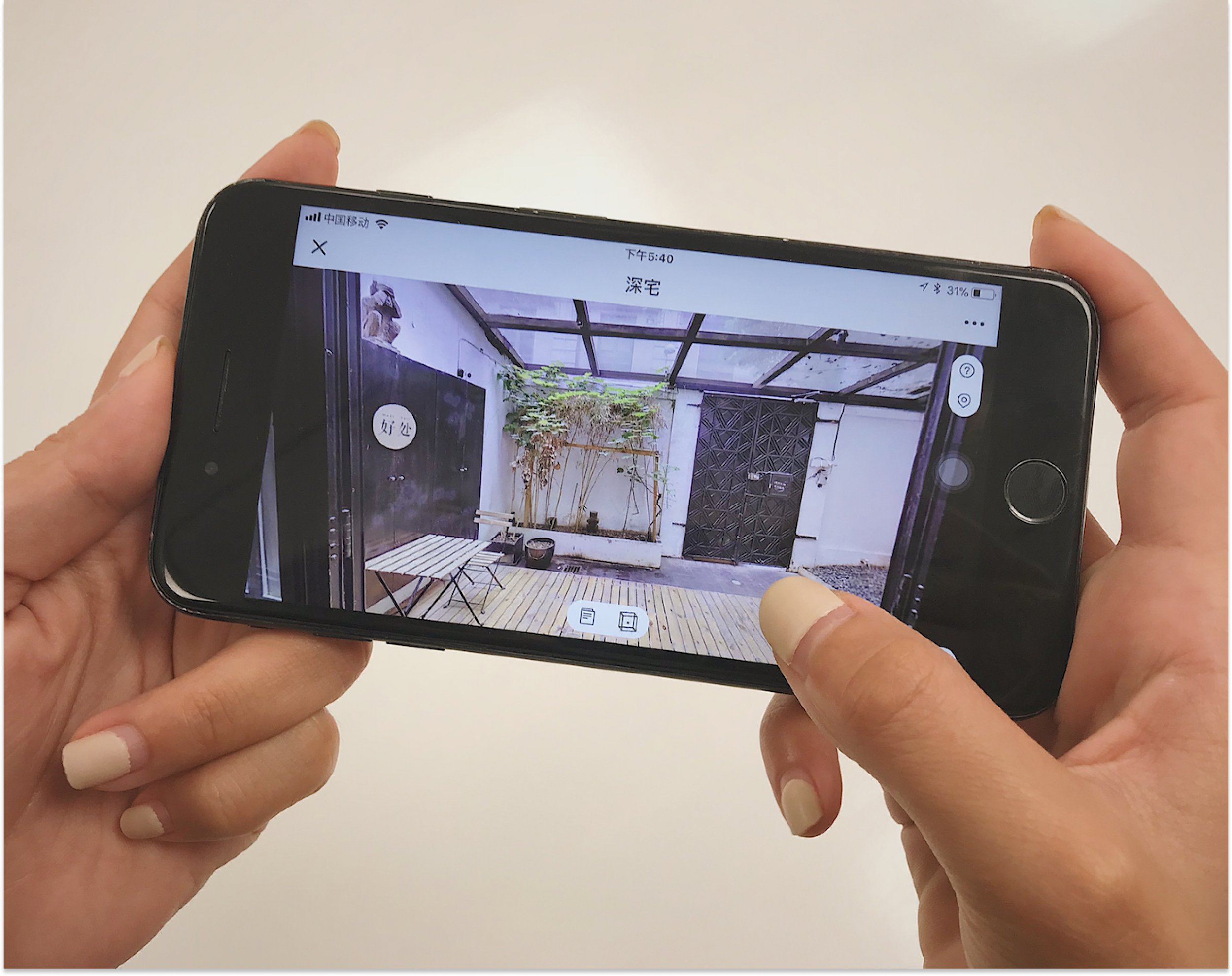
Testing 3D viewing function
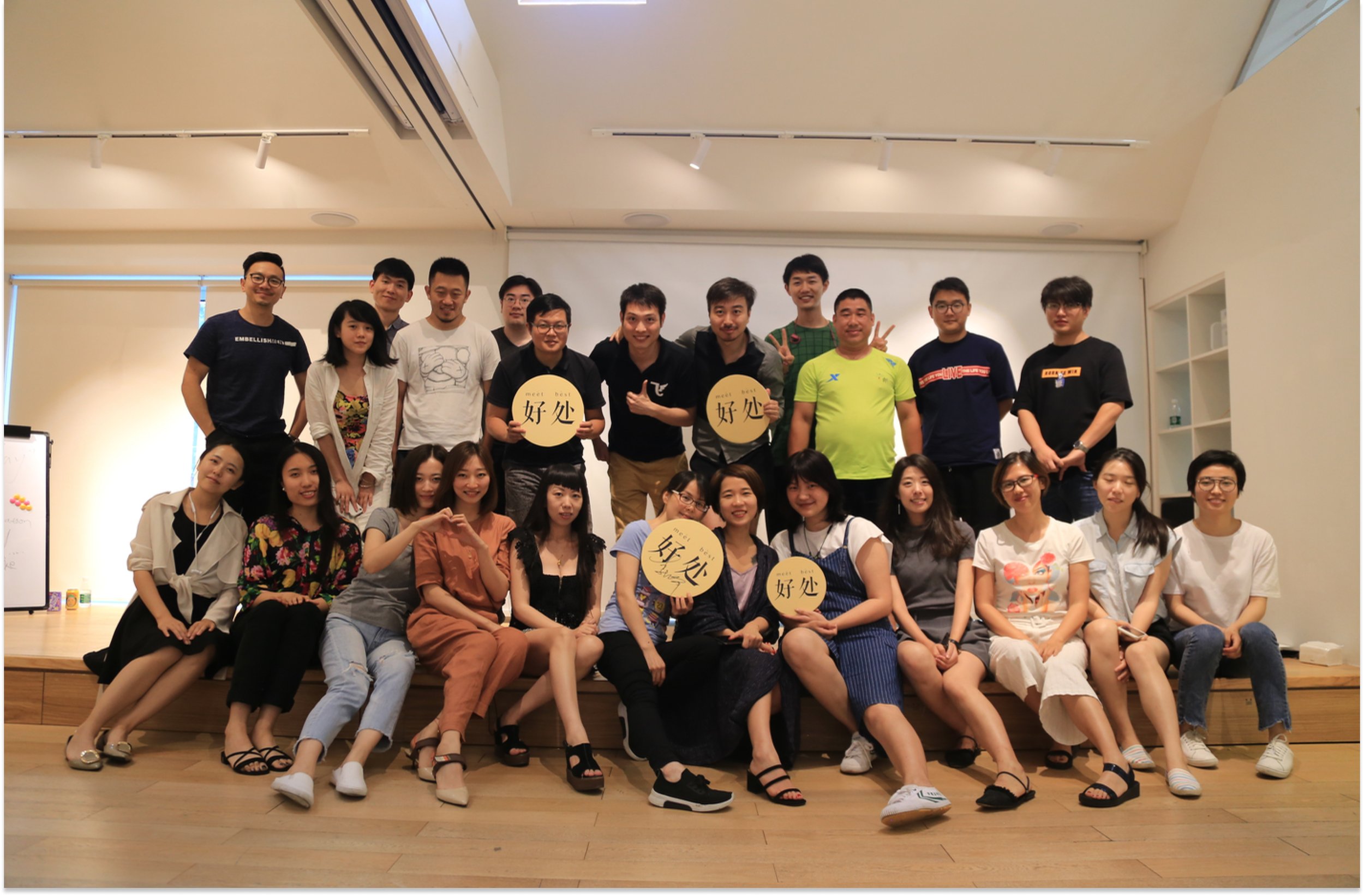
Team workshop
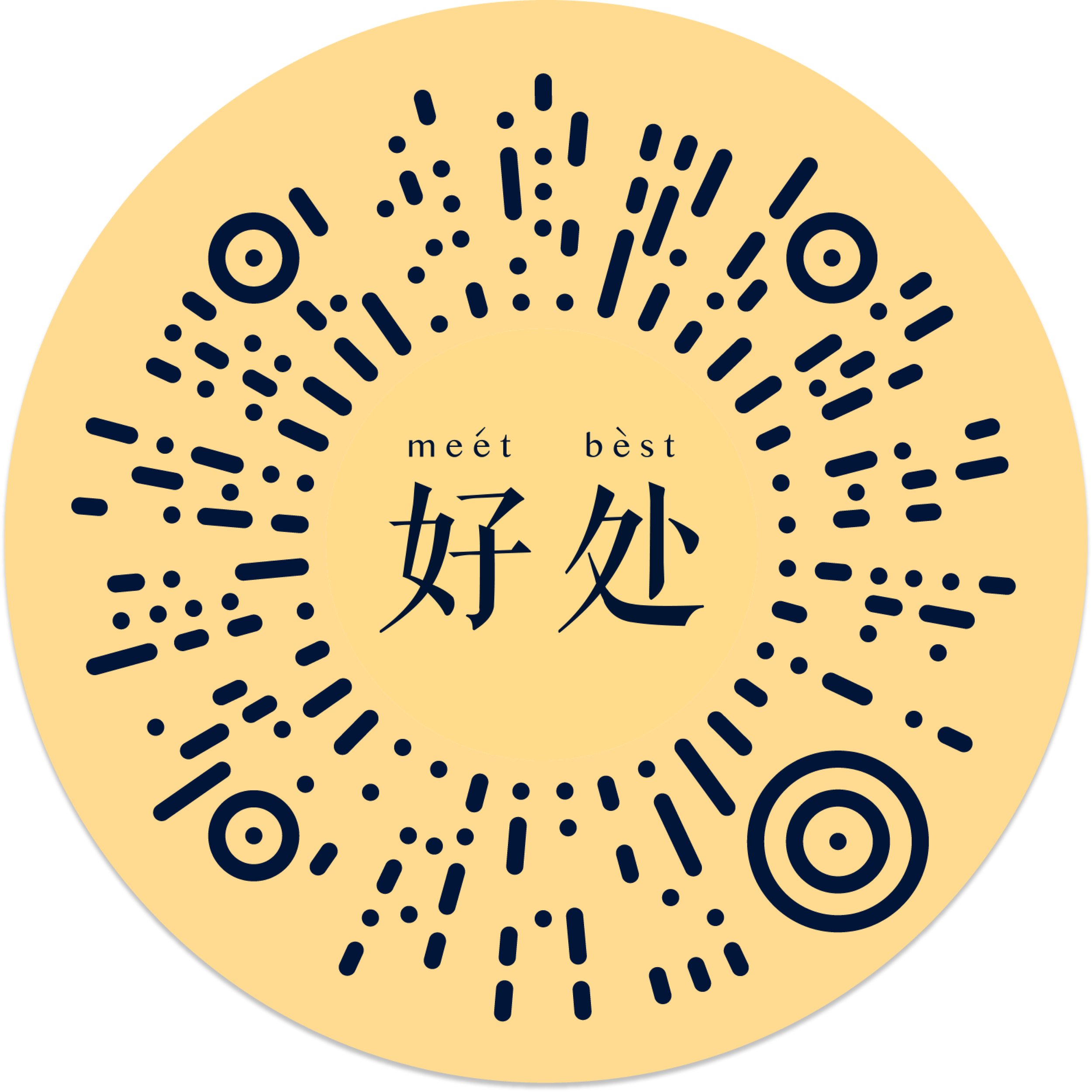
QR code of the App
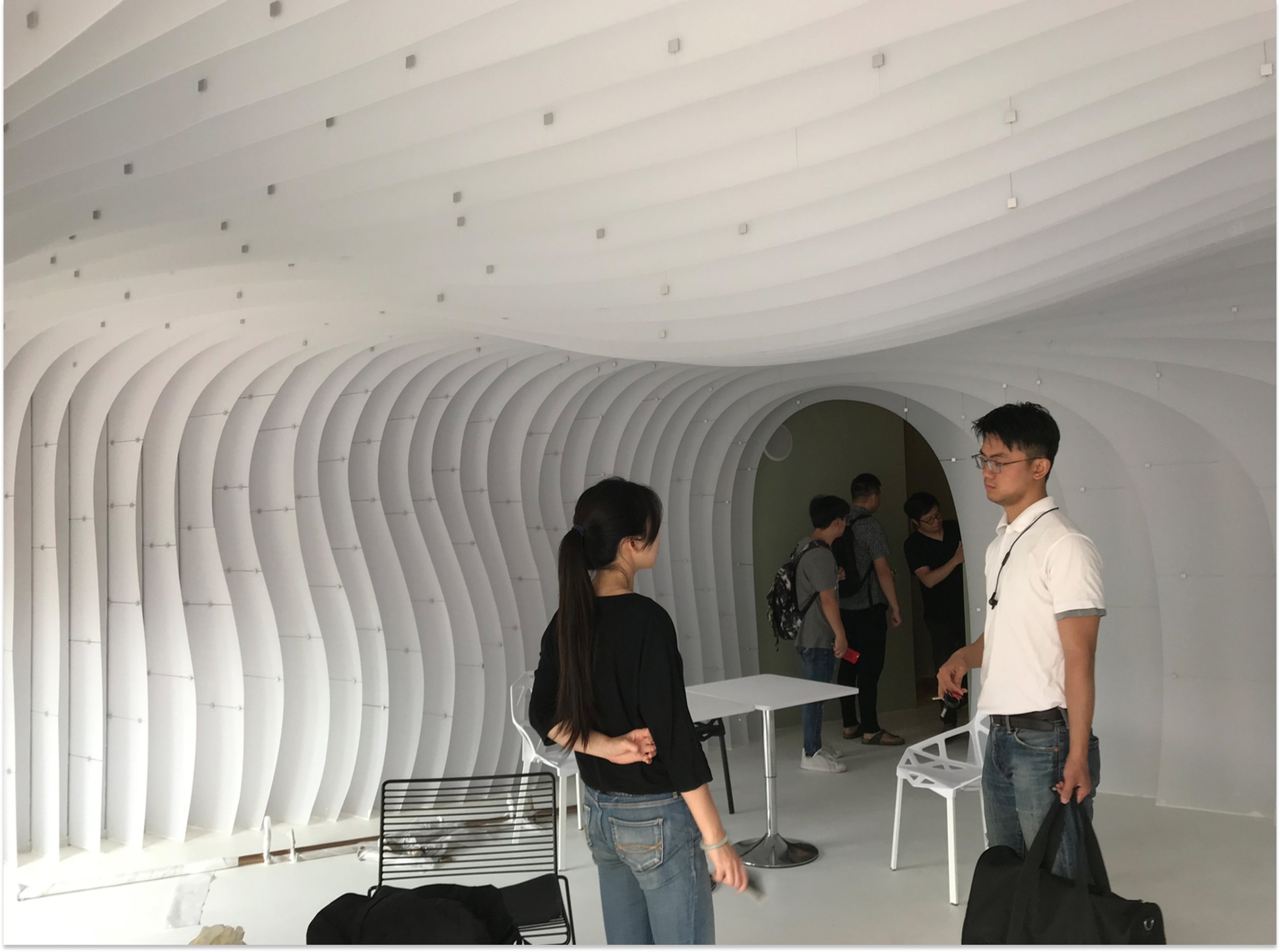
Site inspection
Existing App
I started analyzing the existing app by understanding the larger picture to figure out what decisions need to be made and what actions have been taken throughout user’s experience. I then zoom in to examine details such as what determines the options in the filter function, as well as how to prioritize information on difference pages.
Competitive Landscape
In order to understand how MeetBest generates customer value through its unique business model, I conducted market research on 10 direct and indirect competitors.
The direct competitors includes Airbnb, Booking, and Ctrip (a localized Booking platform). The indirect competitors have a wide range from physical event spaces to social medias and service providers.
When comparing its position with other competitors, MeetBest stood out with its high product specificity and high in-person interaction.
Unlike its direct competitors which focus on travelers with lodging needs, MeetBest only target clients with one need - host events. This high specificity of user needs results in high user stickiness - around 30% first time users chose to use the platform again. Also due to the physical nature of the space rental, a large portion of the service happens in person rather than digitally.
The design need to leverage between online platform and in-person experience, while also provide specific features for the event-based business model.
The Users
Target Users: Young adults and working professionals
Through conducting semi-structured interviews with 2 existing users, 3 potential users, and 2 MeetBest employees, I got more comprehensive information from the users: who they are, what they like to do, where they like to go, and most importantly, what’s their needs and pains when looking for event spaces.
To help MeetBest team better understand common user behavior patterns and mental models, I created two personas to represent the typical user types.
Amy G, a college student who lives with family and is struggling to find peer hangout locations.
Derek Y, a working professional who is frustrated with event planning and hosting events at home.
Top findings from user interviews:
Users usually prefer not to host events at their own places.
Lack of reliable information about spaces and what they could offer is a common frustration.
Users want to choose a location that is convenient to get to for every attendee.
Availability of equipments directly affect user’s rental decision making.
The Journey
After talking to the users, I created a user journey map to visually demonstrate the actions being taken as well as the thoughts behind the actions.
Why include 👨💻 the employees?
During the process, I discovered that customer service representative is another important stakeholder who has a major impact on whether the users’ journey is smooth and enjoyable. This is why I decided to include the front end employee’s journey in the map as well.
From the moment of receiving reservation information to refund deposit, the three customer service representatives at MeetBest play a crucial role in checking information before processing, guiding customers to destination, and even overseeing space maintenance. At some stages, both the employee and the customer are experiencing difficulties and challenges.
Out of all concerns that’s been brought up in the research, 3 main pain points have caused the most user frustration and company labor cost:
The sourcing process doesn’t provide the most accurate results.
Lack of channel for accessing and providing information through customer review.
Navigation is difficult to follow and to understand.
For each of the pain point, I started to explore design opportunities to see how each problem could be fixed, how much effort is needed, as well as what values the solutions could bring to the company.
Design Options
Prioritization Matrix
Out of all the design options explored, 3 design options provide the most value to both business and users. However, development effort would also increase proportionally.
User Flows
The following 3 user flows demonstrated actions and decisions taken within each of the design options.
Option 01: A Better Filter System
Development effort: low
The goal of getting recommendations through a filter system is to receive highly accurate results with minimal numbers of clicks. Based on user feedback on existing app, I made the following design decisions:
Make the search bar really obvious for users
Get rid of redundant reservation page entry pathways
Increase filter options for more accurate recommendation
Allow skipping some filter options
Existing App
User Testing
Method: card sorting
In order to understand what filter options are the most important ones to help users make decisions, I created some low-fi wireframes cards to represent the options. The options includes: event type, number of people attending event, event date & time, budget, location, equipment, property type, amenities, and popularity.
I invited 5 participants to individually meet with me to vote and to talk about the reasons for their preferences. The following five filter options got the highest votes: event type, number, date & time, budget, and location. Some of the participants also express the frustration for the situation when they can’t skip some filter options due to early event planning phase. So the other design decision I made was to set date & time, budget, and location to be optional. This allows users to get relatively accurate recommendations with the conditions they know about.
Wireframe
Interface Design
Option 02: Consistent Access to Review
Development effort: medium
Both the market research and the user research suggested that review function is a great method for the company and the users to co-create values. The advantages of platform based customer review include:
Get valuable feedback from our customer for future improvements
Build transparency and credibility which leads to trust towards our products
Improve customer loyalty and attract more users
Existing App & New Sequance
The first step is to reorganize information sequence for easier reading and understanding.
Wireframe
I then added a new feature of user reviews which includes both written reviews and photo submissions for more reliability.
Interface Design
Why didn’t I use ⭐️ star rating?
Although many apps use star rating as a simple and effective way to collect reviews regarding certain questions, I decided not to include that as part of the reviewing system. The reason is all the spaces are owned and ran by MeetBest. They serve the purpose of providing more varieties and choices. So there’s no competition among the spaces. Thus star rating could potentially cause unnecessary harm to some spaces.
Option 03: Map+AR Navigation Support
Development effort: high
As a leading tech startup of space rental, MeetBest has already began the usage of emerging technology in its service. For instance, the company offers 3D touring as an option to preview the space online without visiting the actual location. The willingness to adopt technology to solve challenges drove the third design solution which involves implementing augmented reality(AR) for navigation.
Many of MeetBest’s spaces are located in historical district of Shanghai. The buildings are very similar and the maps are complicated. So by having more detailed step by step instruction and implementing AR way finding, event attendees could choose the mode they prefer and find the space successfully without seeking customer service for help.
Current System
Usability Testing
Method: think-aloud
Through testing with 5 participants with a lo-fi frame by frame prototype, I found out that users have a preference to have step-by-step instructions folded when they want a better view of the imagery. 3 Users mentioned that they would still prefer to have some sorts of map as an alternative way of navigation.
So I decided to incorporate both map view and AR mode in the final design.
Wireframe
Interface Design
Reflection
01. Take Initiative
The request I received at the beginning doesn’t have a clear direction or defined scope. I designed research plan, arranged meetings and interviewed different stakeholders, and test with users to ensure deliverable quality.
02. Embrace Ambiguity
I was able to embrace ambiguity throughout different phrases of the project and make necessary adjustment to iterate and reframe.
03. Drive Impact
I closed this project by presenting the design solutions to the CEO and several other stakeholders in MeetBests to discuss implementation details.





















